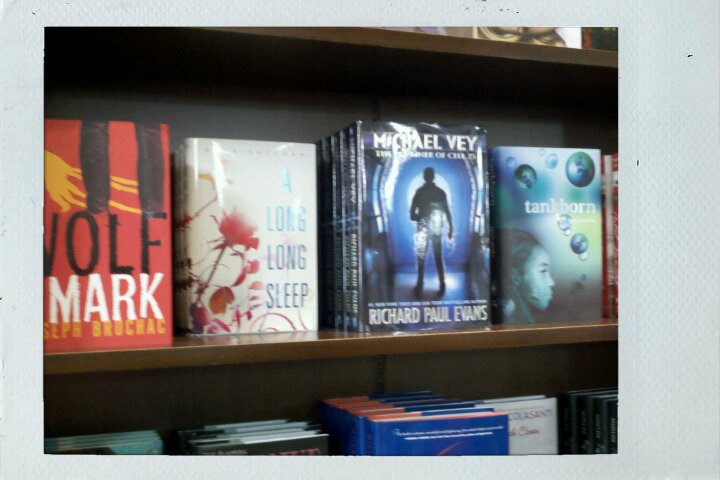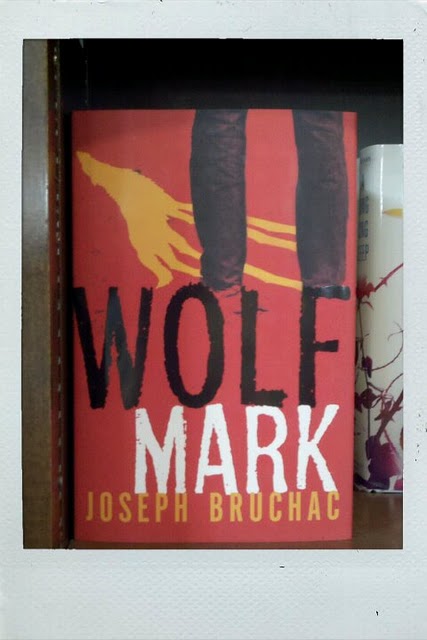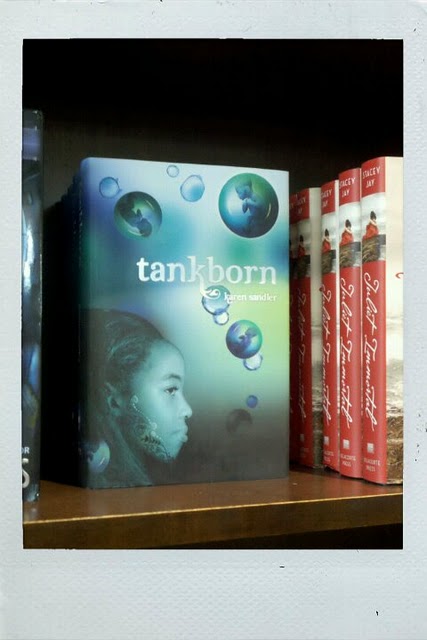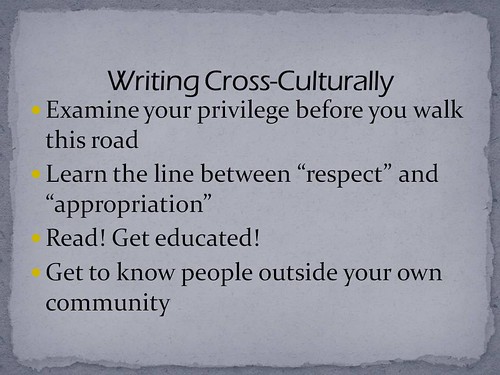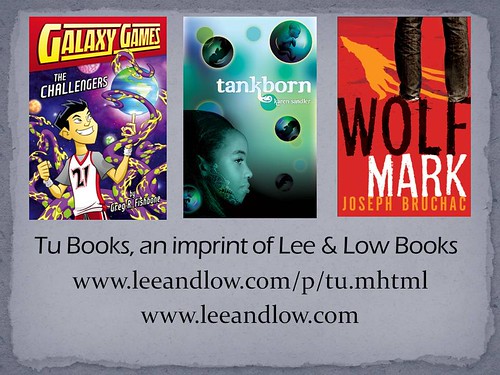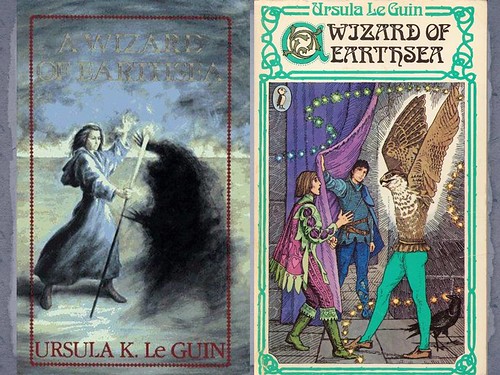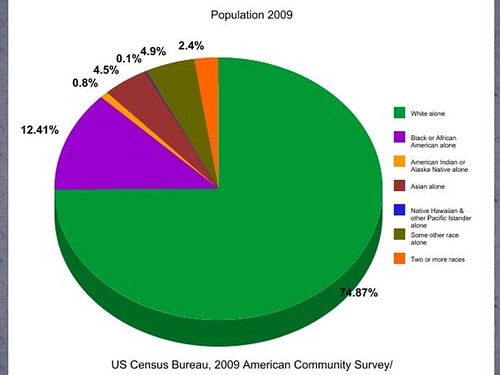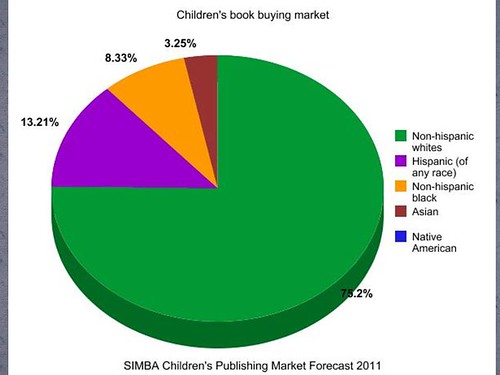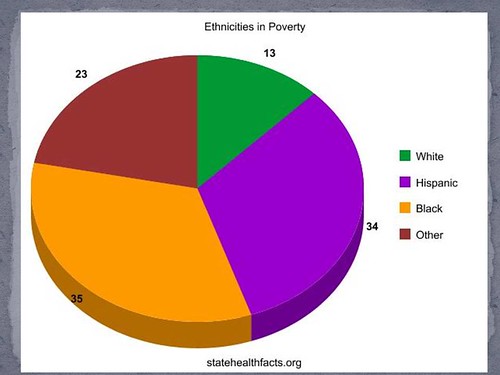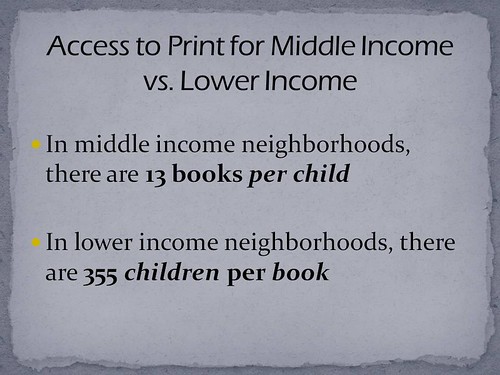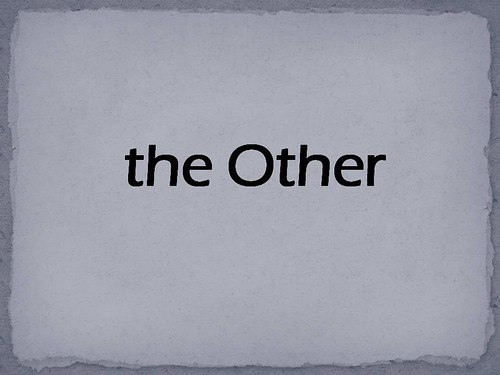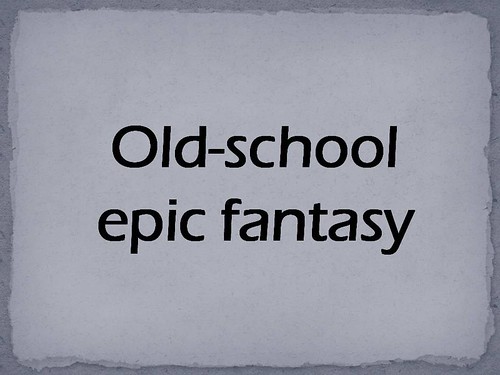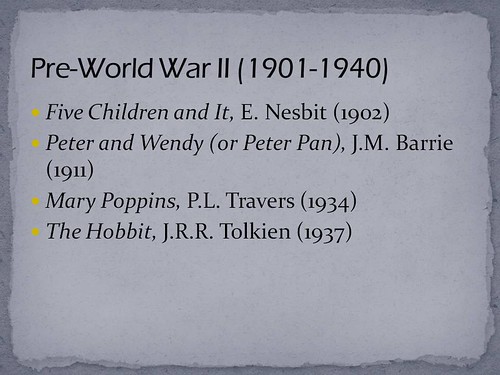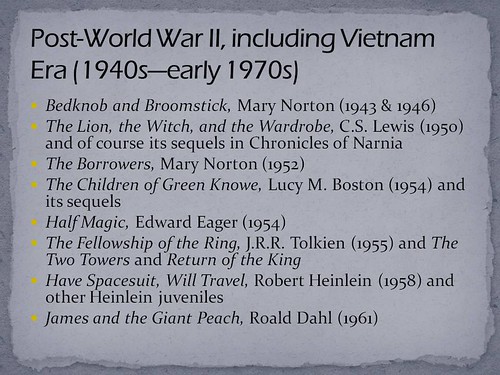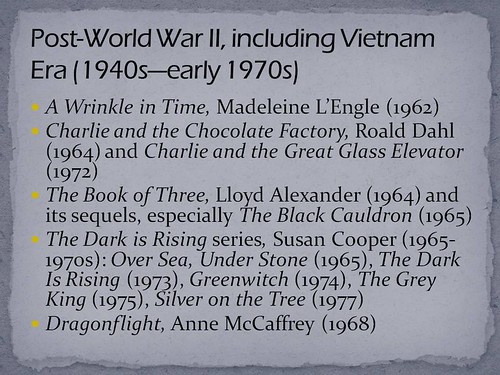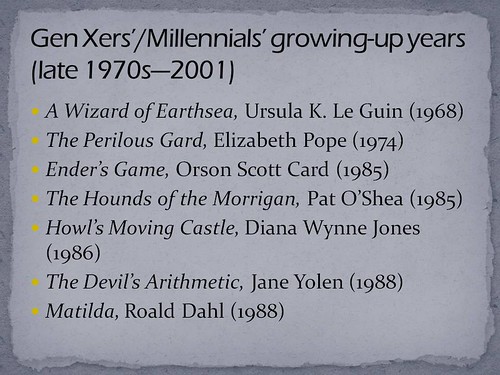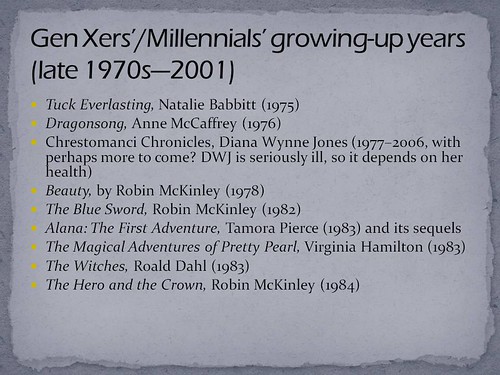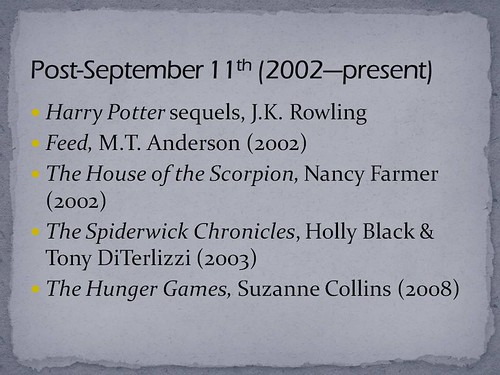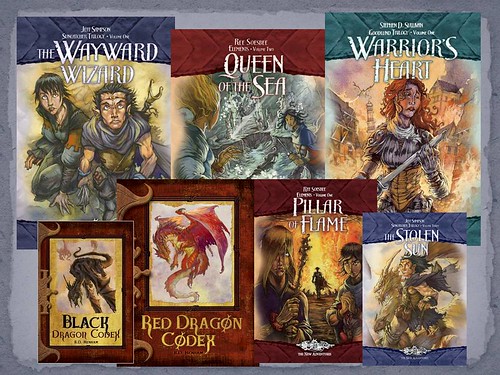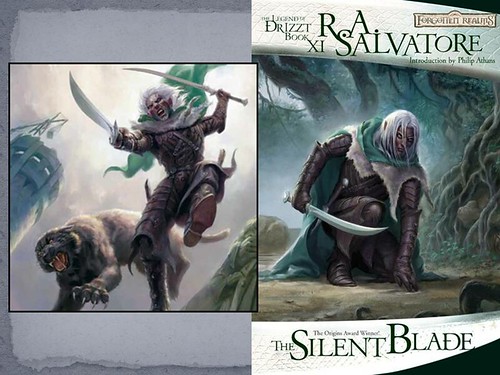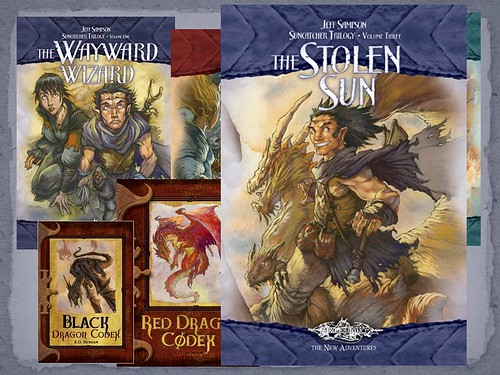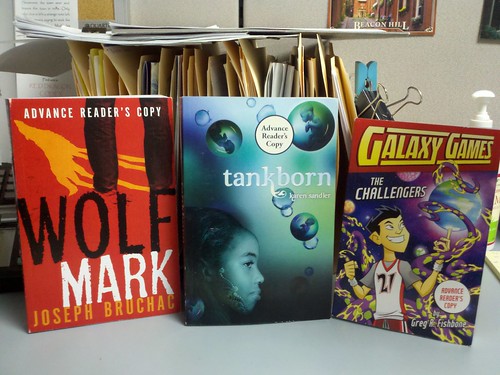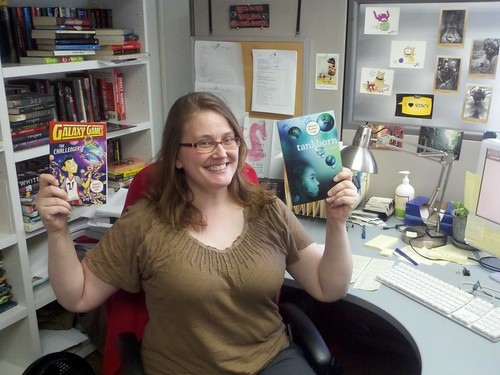 We’ve been getting some really great reviews in for Tu’s fall books, so I figured I’d start by sharing a few that have come in recently for Tankborn by Karen Sandler. I’m just quoting a few parts of each review, so follow the links to the blogs below for the whole reviews! (And this isn’t even all of them—the post was getting too long. Thanks so much to everyone who has read it so far, and of course I look forward to reading more reviews as others get a chance to read it.)
We’ve been getting some really great reviews in for Tu’s fall books, so I figured I’d start by sharing a few that have come in recently for Tankborn by Karen Sandler. I’m just quoting a few parts of each review, so follow the links to the blogs below for the whole reviews! (And this isn’t even all of them—the post was getting too long. Thanks so much to everyone who has read it so far, and of course I look forward to reading more reviews as others get a chance to read it.)
Science fiction is definitely experiencing a renaissance. . . . Sandler deftly weaves strands of race, privilege, politics, greed, and romance into a fascinating culture. The young protagonists are very real and exhibit great strength of character.
—Diana Tixier Herald of Genrefluent
Oh, my goodness, is that a person of color on the cover of a YA novel? It is! And she’s beautiful, and Sandler is awesome for writing about women of color in a genre that is inundated with stories about white teenagers, their special powers and their absent parents. And that cover is beautiful by itself with all that green and blue.
<snip>
Kayla’s assignment is in a large trueborn house, where, as soon as she arrives, she’s called a jik twice. But here’s where the real story starts.
Here, Kayla is brought face-to-face with Devak, the trueborn boy who saved her brother earlier in the book. She’s there to care for his great-grandfather, but Zul Manel has other things in store for her. The best part of this book is watching Devak go from idly racist to enlightened. Sometimes it’s hard for us to understand intense racism and hate, but I can see how Devak’s insulated trueborn upbringing could make him blind to the GENs’ plight. ”It’s for their own good”, “they like the way things are”, “resetting and realigning a GEN is in their best interest” are all common tropes that Devak has has drilled into his head since he was a child. It’s like some sort of benevolent slavery, with “benevolent” having a very flexible definition. Seeing Kayla changes him, and when he meets Mishalla, he doesn’t even blink.
Mishalla is vital to the story as well, though she’s not nearly as interesting as Kayla. Mishalla is in a creche, taking care of ostensibly orphaned lowborn children. She’s frightened and easily cowed for the most part, but that just comes with being a GEN. I think the plot needed Mishalla to stay where she was for the story to be furthered, but Mishalla really is important. She overhears vital information and puts her life on the line to save children who, in a few years, would look right through her or call her a jik. That’s courage.
This book is bittersweet. I enjoyed it thoroughly, but it made me a little sad at the end. I wish this one was a series! Look for it next month!
—Tina at Nose in a Book, Head in a Blog
It is rare that I come across a book that I would love to teach. I’m not headed out to be a teacher, or to make lesson plans of any sort, but there have been a few times that I’ve come across a book so perfectly written that it is made to be in a classroom. A book that has lessons that need to be taught with a plot that can capture the heart of a high school student set against reading. Tankborn is one of these novels.
<snip>
Tankborn brings up the biggest question in history (and literature): what does it mean to be human? Is being human having the traits that we consider to own as ours? Is it being able to think past biology, to make decisions based on reasoning deeper than the need to breed and pass on genes? Or is it DNA and DNA only? By providing the best medical care that we can, are we somehow taking away what makes a person human? Tankborn questions all these theories and how far we should go in genetic engineering if we wish to remain on top. <snip—read the rest at The Magic Hoodie Literary Society>
—Kenzie Audacious at The Magic Hoodie Literary Society
Let’s just get straight to it: I loved Tankborn. . . . <snip>
The world-building is very well done: the society is clearly described and in detail; I could easily picture it and understand its social rules and the implications for rule-breaking. I did feel a chill run down my spine as one of the main characters discovers a ‘real’ book and comments on how the words are written on paper and not on a virtual screen; I read this book on a Kindle. It also introduces new terms such as “skets” (skill sets), which I found easy to grasp and learn. However, what makes Tankborn stand out is that it explores issues of class and race as this is what the strict caste system is based on. It’s extremely thought-provoking and although it is fictional and futuristic, it mirrors our own society. <snip—read the rest at Pretty Books>
This is a great science fiction book for readers that normally don’t read science fiction to ease into the genre. This book is not confusing in the slightest, the author explains quite well while still incorporating the facts into the novel.
<snip>
The characters in this book are daring, brave, kind, and caring. The reader will really form a connection with Kayla and Mishalla. They are extremely likable. Their thoughts and actions keep the reader updated and make it that much easier to understand the story. The plot is interesting and fits the dystopian and science fiction genres perfectly. The events flow well together and are fast-paced. This book was surprisingly fun to read and recommended to those who enjoy science fiction, dystopian novels, and intrigue.
—Krystal at Live to Read
<snip>I loved the terminology as well as the use of the caste system. The rich descriptions of color, race, and class added to the beautiful language usage, especially when describing characters like Kayla, Jal, and Zul. I am a really visual person, so the more details the better. The pace of the book was well appreciated, it took me a few hours to finish, and it was engrossing enough that I was sad when I turned the last digital page and realized it was over.
Overall, Tankborn was thoroughly enjoyable Dystopian read that was put together Velcro-tight and had me wishing there was more to be read.
—Allizabeth at The Paperback Pursuer
I absolutely loved this book! The dynamics and prejudice between the different castes intrigued me from the start. Kayla is a character who hasn’t really accepted her place in life as she still questions it. Everyone views the GENs as not human because they were created in a lab and they are mistreated because of this. Kayls’s best friend, Mishalla, has for the most part completely accepted her place in life but she is also thrown into the intrigue of this novel when the children she cares for start disappearing. As the mystery unravels in this book I found myself getting sucked into the story and wanting to know more. The corruption behind the creation of GENs is especially interesting. I really loved the different culture and view of the world that was created here. I enjoyed seeing the strength of the characters grow throughout the book. This was a great read and I recommend it to fans of dystopian novels.
—Ny Romeo at The Book Queen
